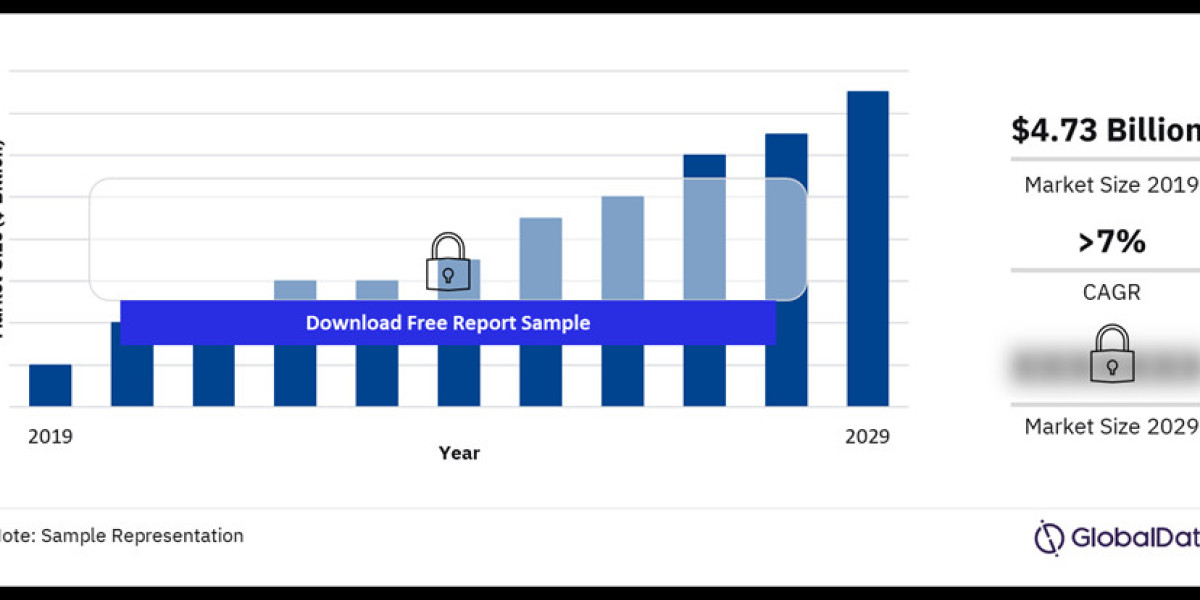Australia's wind power market has become a cornerstone of the nation's renewable energy strategy. As the world shifts toward sustainable energy solutions, Australia’s wind power capacity and investments have been pivotal in reducing carbon emissions and meeting energy demands. This article delves into the current state of the Australian wind power market, its future prospects, and its role in the global energy transition.
Overview of the Australian Wind Power Market
The Australian wind power market has experienced exponential growth over the past decade. With abundant wind resources, particularly in coastal and elevated regions, the country is capitalizing on its natural advantages to establish itself as a leader in renewable energy production.
Key Statistics:
As of 2025, wind energy contributes approximately 10% of Australia’s total electricity generation.
The country boasts over 100 operational wind farms, with a combined capacity exceeding 9 GW.
Major wind power hubs include Victoria, South Australia, and New South Wales.
Market Drivers
Several factors underpin the growth of wind power in Australia:
Government Policies and Incentives
The Renewable Energy Target (RET) has been a critical driver, mandating a specific share of electricity from renewable sources.
State-level policies and subsidies have further spurred wind farm development.
Technological Advancements
Innovations in turbine design and efficiency have reduced costs, making wind power more competitive with fossil fuels.
Offshore wind technology is emerging as a promising avenue for expanding capacity.
Private Investments
Increasing investments from private sectors, including global energy giants and local firms, are fueling new projects.
Public Support and Corporate Demand
Businesses and consumers are prioritizing sustainability, driving demand for green energy sources like wind power.
Major Wind Projects in Australia
Australia’s wind power market is home to several large-scale projects:
Macarthur Wind Farm (Victoria): The largest operational wind farm in Australia, with a capacity of 420 MW.
Stockyard Hill Wind Farm (Victoria): A 530 MW project, expected to power over 400,000 homes annually.
Golden Plains Wind Farm (Victoria): Upon completion, this project will become one of the largest wind farms globally, with a capacity of over 1 GW.
Challenges Facing the Market
Despite its progress, the Australian wind power market faces several hurdles:
Grid Infrastructure Limitations
Integrating wind energy into the existing grid requires substantial upgrades.
Environmental and Community Concerns
Opposition from local communities and ecological impact concerns can delay projects.
Policy Uncertainty
Inconsistent government policies and regulatory changes can deter long-term investments.
Future Outlook
The future of the Australian wind power market is promising, with projections indicating continued growth:
Expansion of Offshore Wind Farms: Australia’s vast coastline presents significant potential for offshore wind energy development. The Star of the South project in Victoria, the country’s first offshore wind farm, is expected to pave the way for similar initiatives.
Green Hydrogen Synergies: Wind energy is set to play a crucial role in producing green hydrogen, aligning with Australia’s goals of becoming a global hydrogen exporter.
Increased Investments: The market is expected to attract over AUD 10 billion in investments by 2030, bolstered by both public and private funding.








